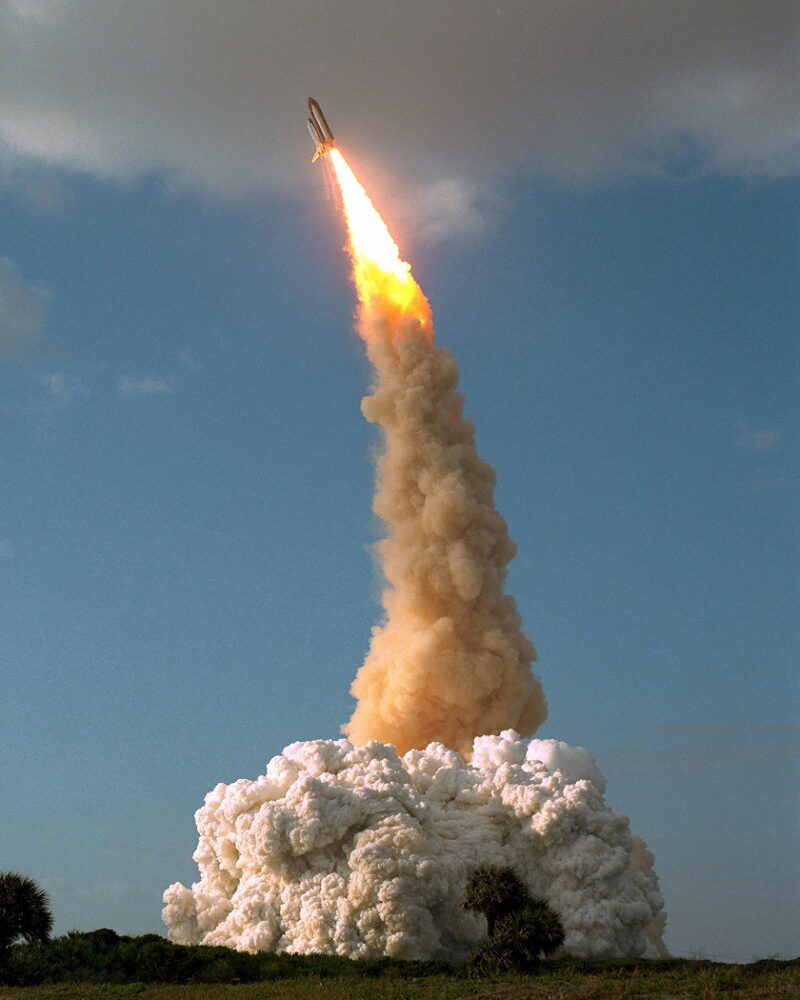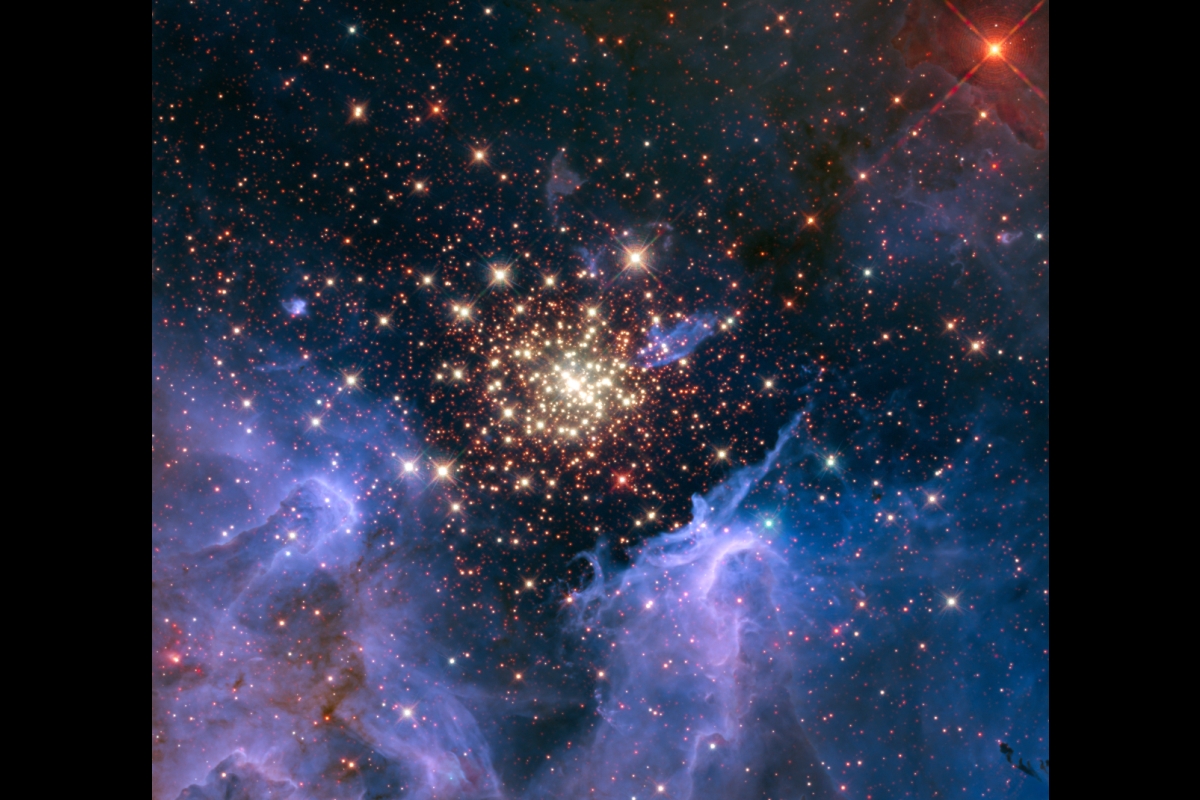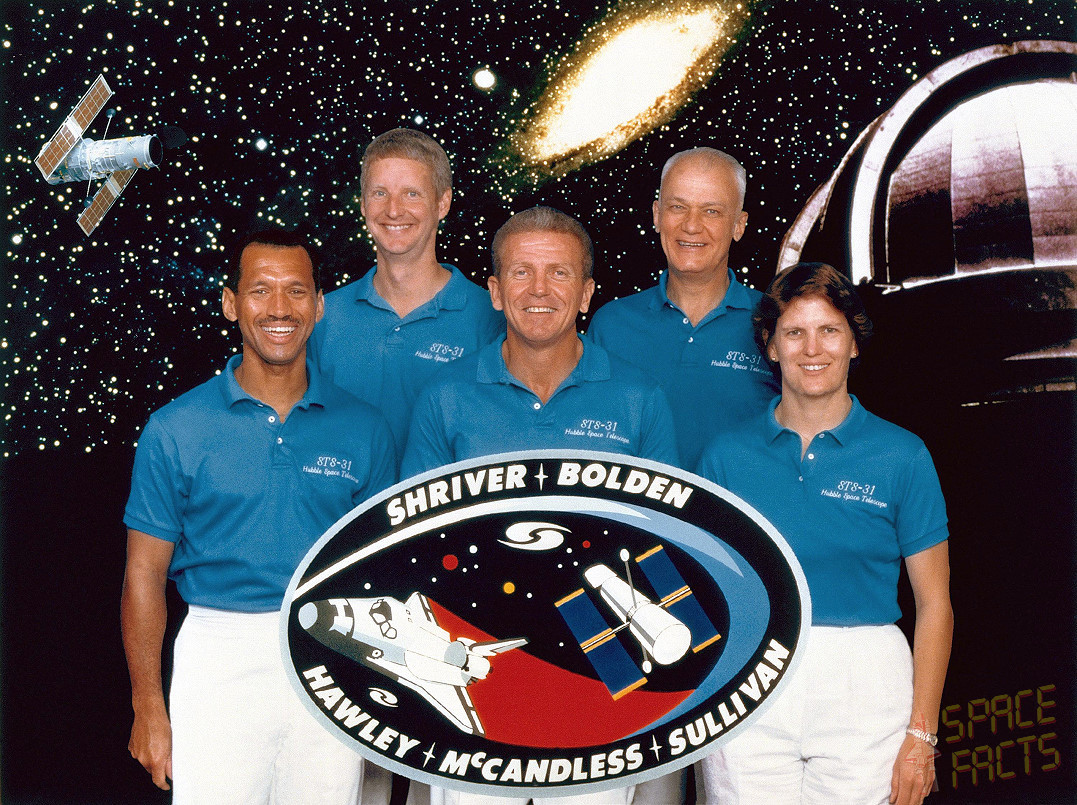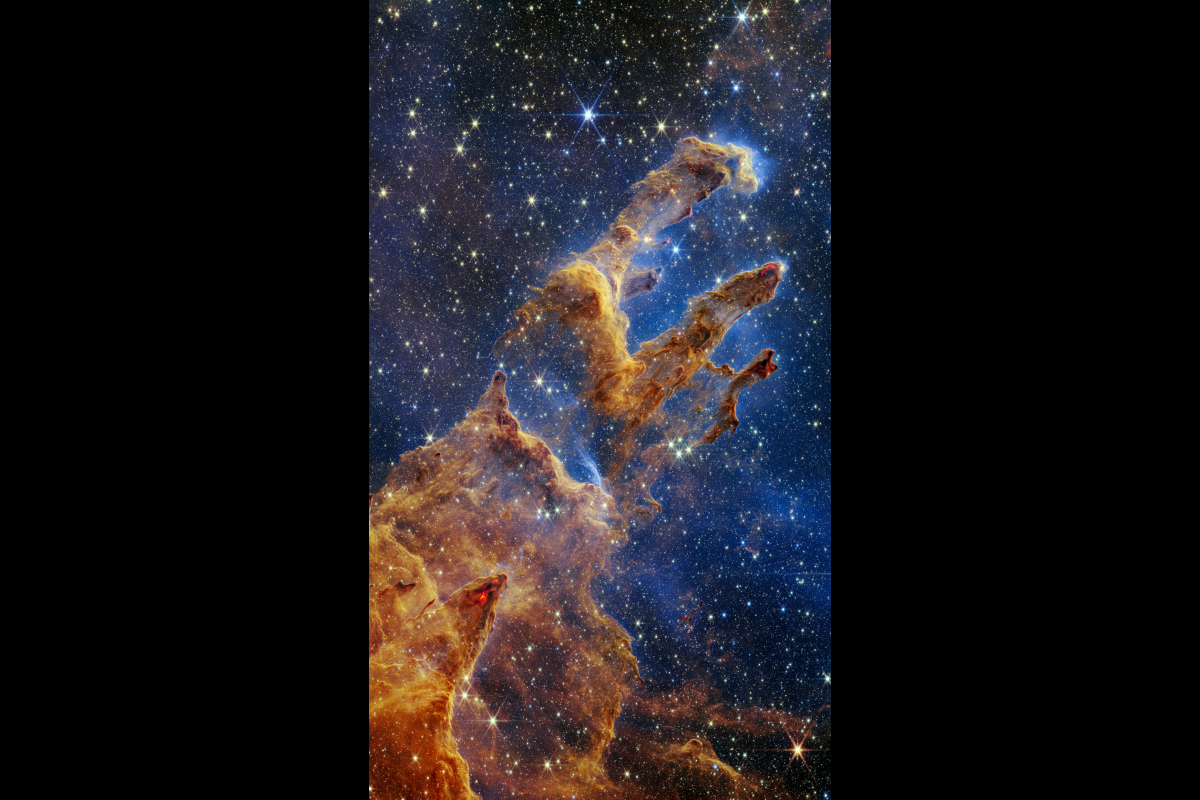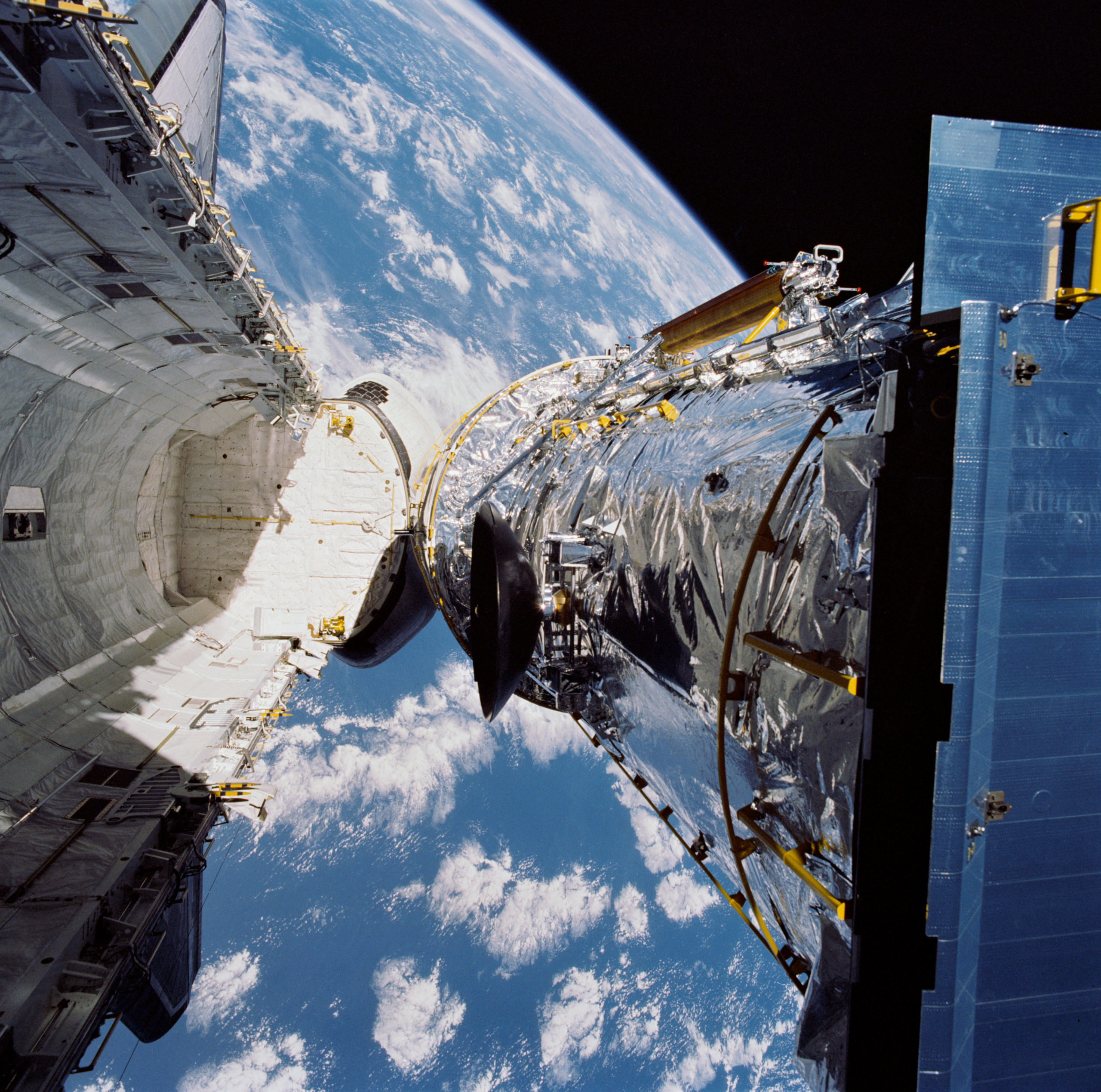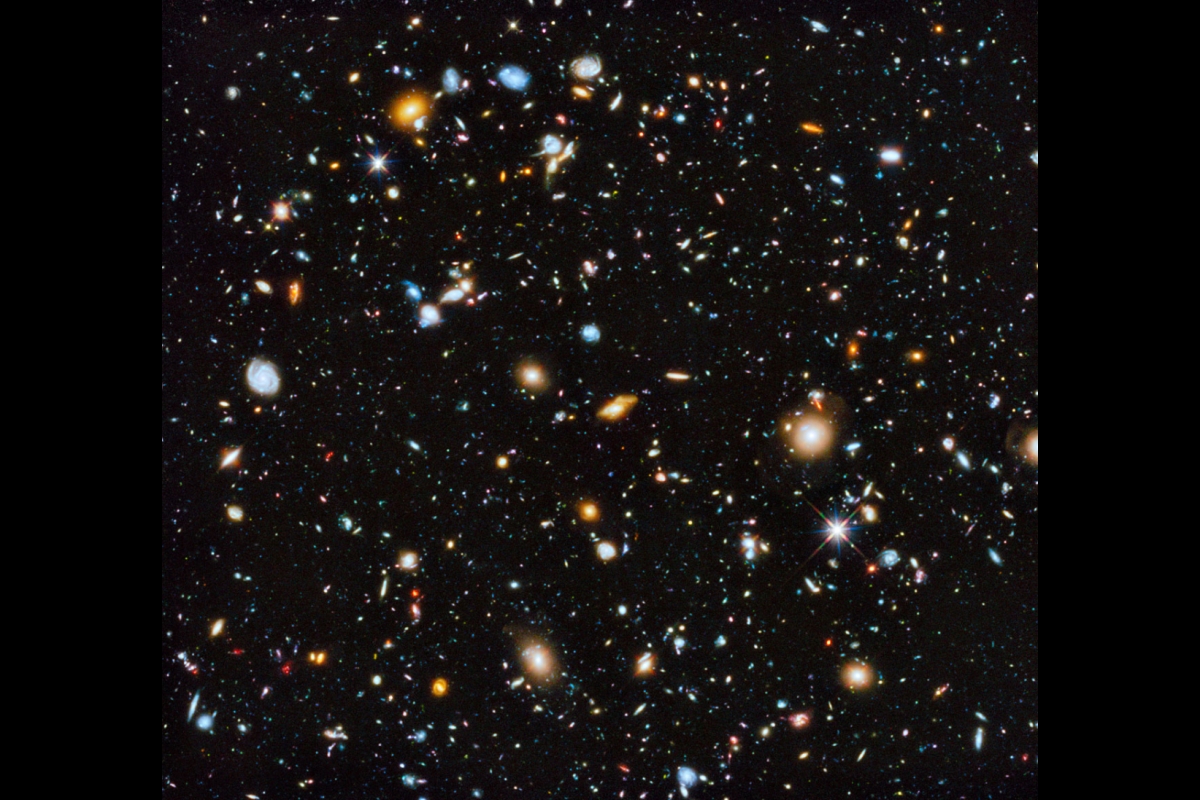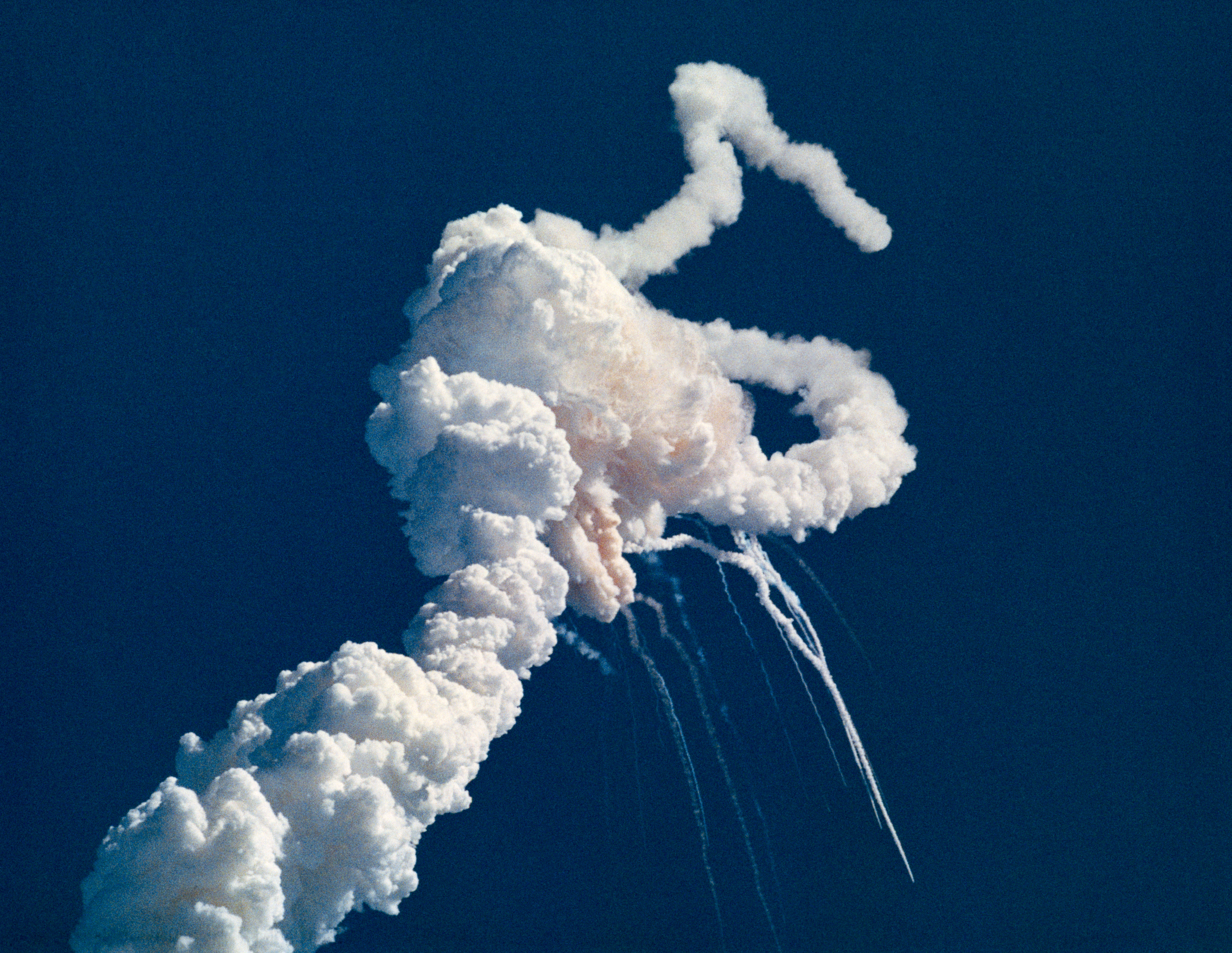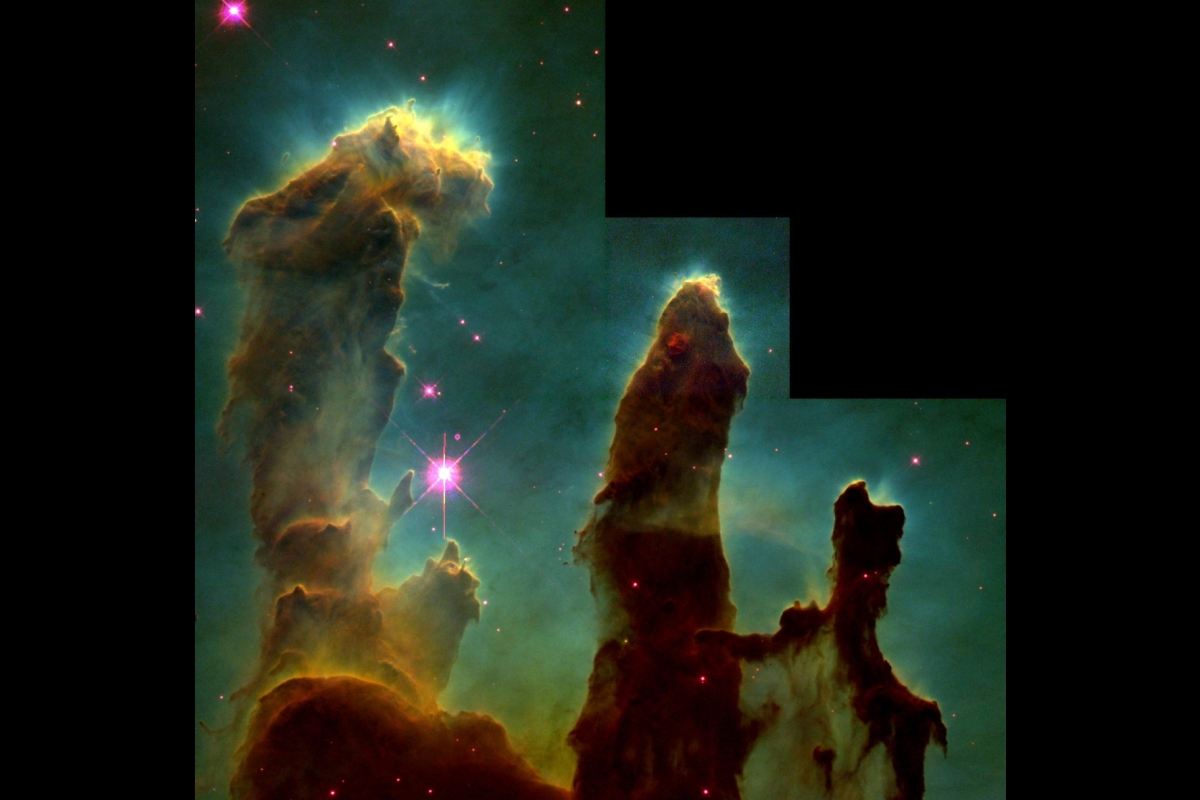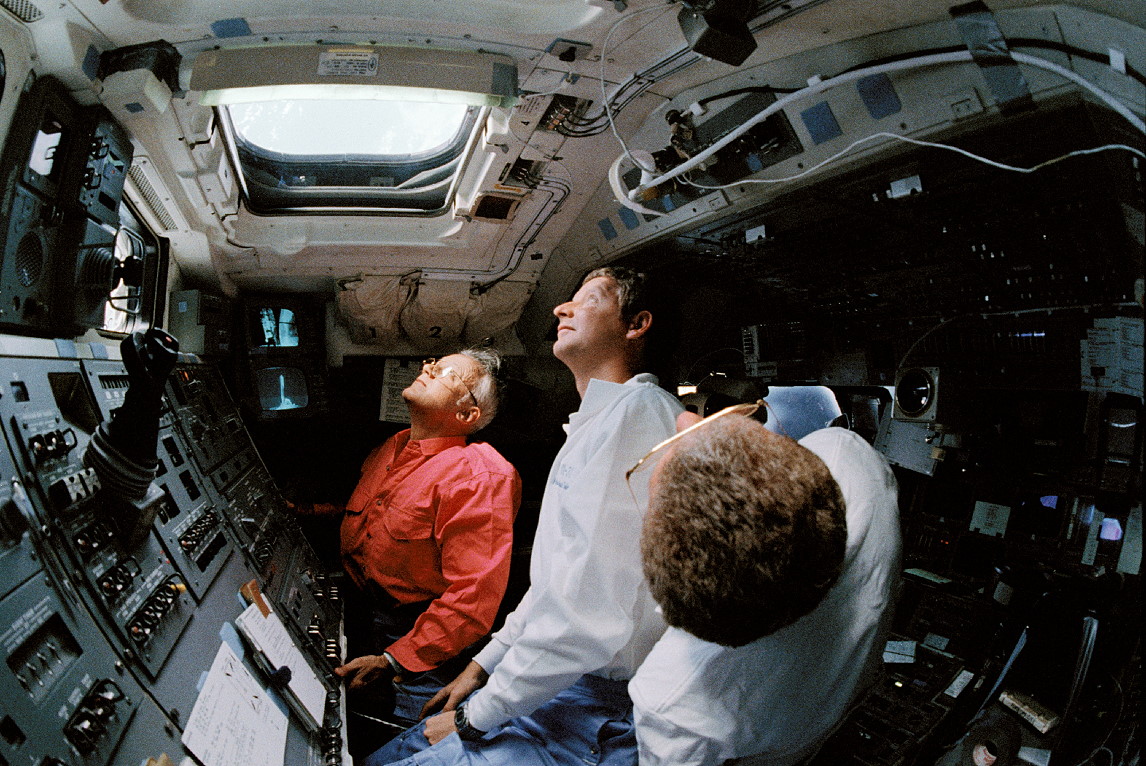
On April 24, 1990, NASA's Hubble Space Telescope (HST) celebrated its 34th birthday with a remarkable observation. The telescope, which revolutionized astronomy and contributed significantly to our understanding of the universe, took a closer look at the Little Dumbbell Nebula (M76), located approximately 3,400 light-years away in the Perseus constellation. This planetary nebula is an expanding shell of glowing gases that were ejected from a dying red giant star.
The Hubble Space Telescope's launch was not without its challenges. Initially slated for October 1986, the project faced numerous setbacks due to budget overruns and delays caused by contractors. The tragic loss of Challenger in January 1986 allowed the team to complete crucial tests and improvements, ultimately leading to a successful launch on April 24, 1990.
Since its deployment, HST has made over 1.6 million observations of more than 53,000 astronomical objects. The Mikulski Archive for Space Telescopes at the Space Telescope Science Institute holds over 184 terabytes of processed data and has led to the publication of over 44,000 scientific papers.
The Little Dumbbell Nebula is a favorite target among amateur astronomers due to its photogenic appearance. It is classified as a planetary nebula, which is an expanding shell of glowing gases ejected from a dying red giant star. The star eventually collapses into an ultra-dense and hot white dwarf.
The Hubble Space Telescope's observations have answered some of the biggest unknowns about the universe, such as its age (approximately 13.8 billion years old). ASU researchers are currently involved in JWST's observations and data analysis, furthering our understanding of the cosmos.
The Hubble Space Telescope's impact on astronomy cannot be overstated. Its contributions have set the stage for NASA's James Webb Space Telescope (JWST), allowing astronomers to combine data from both observatories and unlock new discoveries.
